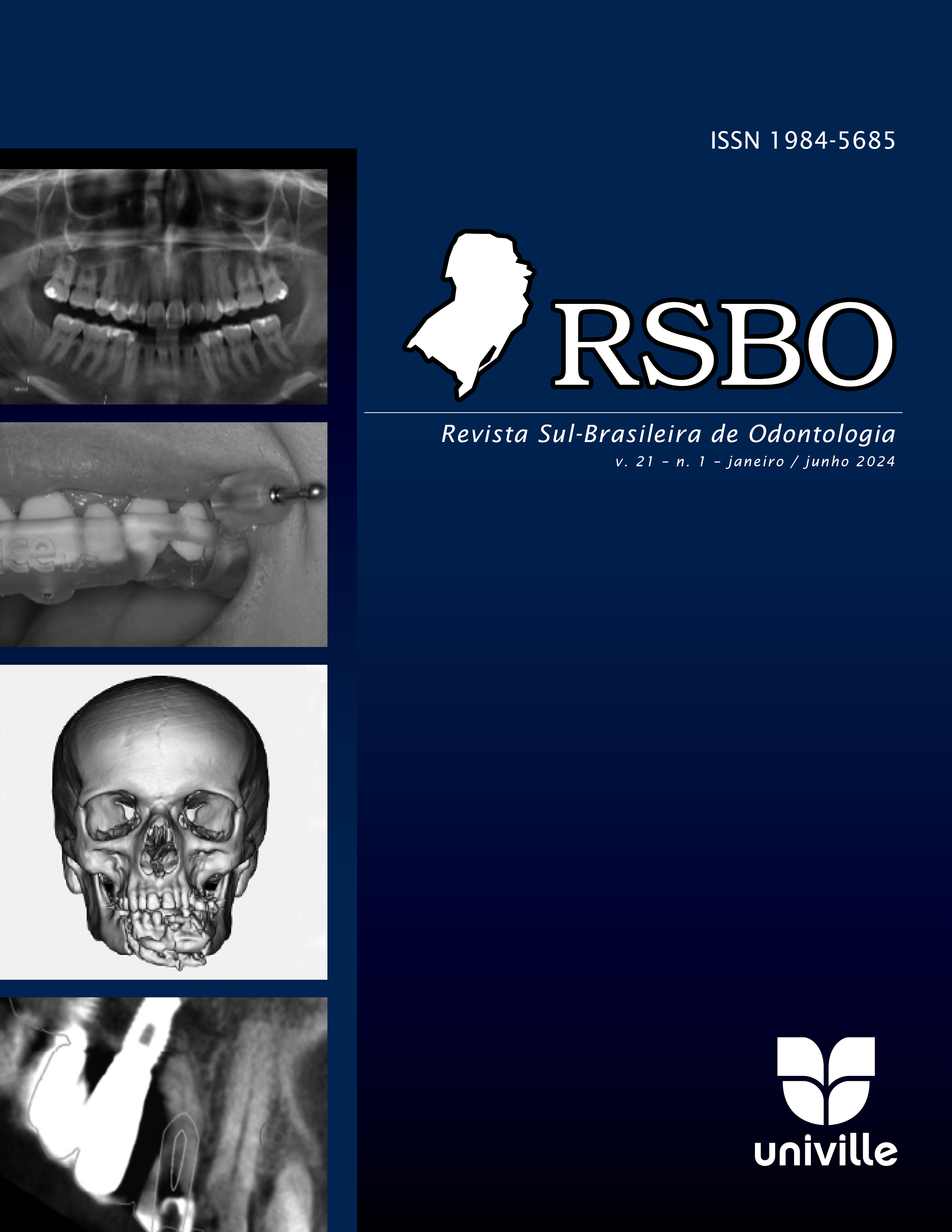Mechanical and physical properties of attachments employed in clear aligner treatments. A critical appraisal
DOI:
https://doi.org/10.21726/rsbo.v21i1.2310Palavras-chave:
dental materials; dental bonding; removable orthodontic appliances; clear aligners.Resumo
Clear aligners have become a viable option for orthodontic treatment. Unlike conventional orthodontic brackets, aligners are not directly bonded to teeth and thus, have a different application of forces. Attachments are a type of auxiliary for aligner treatment that creates points in which pressure can be applied on the tooth surface, acting to transmit forces from the aligner tray to the teeth. Currently, there is no consensus on what material should be used to fabricate attachments and how they behave clinically. Material and methods: The present study is a critical appraisal of data already published on the subject up to now: from 1784 records initially screened, 11 reports were included, mostly in vitro studies and with variable methodology. Results: Surface wear of attachments can vary from 9,6% to 100%. Attachment loss is roughly the same for upper and lower arches, but posterior teeth tend to present more losses. Patient-related variables might account for more failures than operator and material-related failures, but it has been shown that conventional composites might present better resistance, aligner fitting, and less surface wear. Conclusion: Clinicians might expect some degree of attachment surface wear and losses. Patient orientation and use of conventional composites with high filler content might reduce such failures and improve treatment results.

